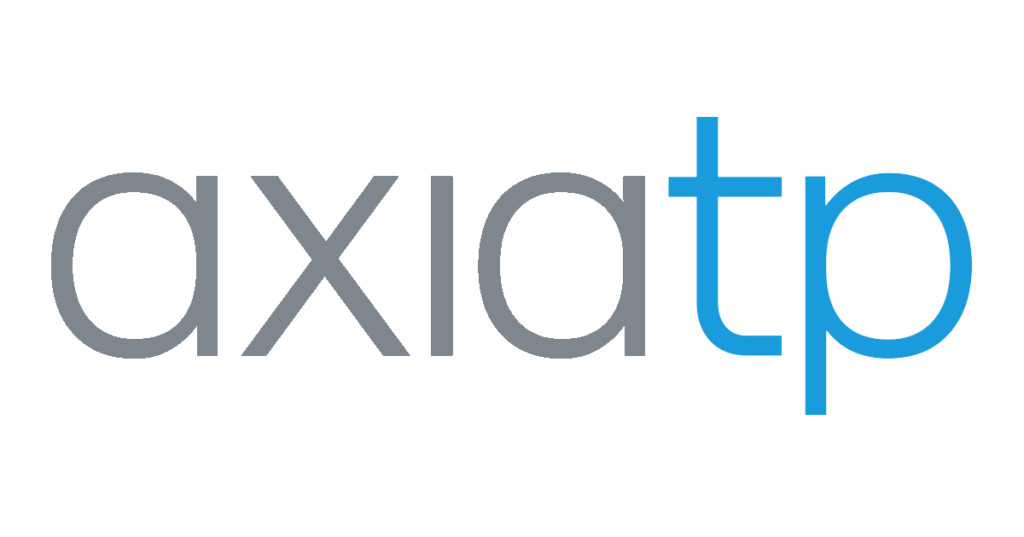Workspaces have become progressively more fluid over the past few years, but COVID-19 helped propel trends forward at warp speed.
Shutdowns required quick transitions and solutions, and while those carried you through the initial phase of the pandemic, it’s time to consider if your office and IT are providing the best support for your team. This is especially important if you, like many businesses, are moving to a hybrid model that gives staff the choice between the office, remote work, or a mix of both.
According to Gartner Research, workplaces that embrace hybrid options boost their high performer employee rate by 19%. But you need the right tools in place to best support productivity growth. Here are five areas to consider when leading a hybrid team.
Accommodating Workspaces
Some team members are always going to need a dedicated workspace. But as more employees opt to work out of the office either full-time or part-time, the traditional cubicle lifestyle is less important.
You’ll need the ability to accommodate a flow of people as they visit the office for meetings and temporary stays. This means considering both the physical space and the technology available for them, including hubs where people can easily set up to work for extended periods before moving on and making space for the next employee.
Collaboration Hubs
The more staff members who are remote or hybrid, the more the office will become the collaboration hub for your business.
Teams will turn to the in-person space when they want to do big picture problem solving or work on projects where in-person collaboration makes a difference. Comfortable spaces designed to accommodate multiple team members should be equipped with the tech they need at their fingertips, like screens with easy laptop connections.
Flexible Meetings
A hybrid team means hybrid meetings will become a permanent fixture of worklife. Are you equipping your team with tools to make these meetings easier than ever?
This might mean exploring new software, like Microsoft Teams and other unified communications, to better streamline the meeting and collaboration experience. It might also mean new hardware like digital whiteboards to create easier collaboration no matter where attendees are located.
And don’t forget hardware that can make remote team members’ lives easier, as well! Headsets for better sound and mic quality, high definition web cameras, lighting, and more can all make a difference in the quality of the meeting, especially when clients are involved.
Tech Convenience
Moving back and forth between home and office means it’s easier than ever to forget power cords, adapters, earbuds, wireless mice, external hard drives, and other necessities. The modern employer will need to help lighten the load.
Are there better digital solutions to cut down some hardware needs, like a cloud-based solution that eliminates external hard drives, flash drives, and other storage devices?
Second, what can you provide your visiting team members on premise that cuts the amount of equipment they need to move?
Large companies have gone as far as installing tech vending machines that provide wireless keyboards, batteries, and other gear to employees with the swipe of their ID. While your small-to-medium-sized business doesn’t need to go to that measure, investing in on-premise backups and for-office-use equipment will keep productivity moving smoothly.
New World IT
With technology a driving force for the hybrid office, it’s no surprise IT will be more important than ever. But old school IT teams are on their way out.
Larger companies with more staff in the office will likely maintain on-site IT hubs, but some roles will need to change to help support and manage the needs of remote team members. The IT team will also become a resource center responsible for managing equipment checkout and distribution for those coming in and out of the office.
But with a smaller number of people calling the office their work home base, investing in an Infrastructure as a Service (IaaS) option can help your hybrid team run more efficiently. IaaS means your IT needs are covered, secure, and always up to date–all with predictable monthly spend and fewer in-house headaches. Depending on the managed IT services provider, IaaS can cover everything from servers, to Wi-Fi, to phone systems, and more.
New workplace models can be exciting. But if you’re feeling overwhelmed or are not sure if your team has everything it needs to be successful, we’re here to help! Request a free consultation to talk through your questions and concerns.


